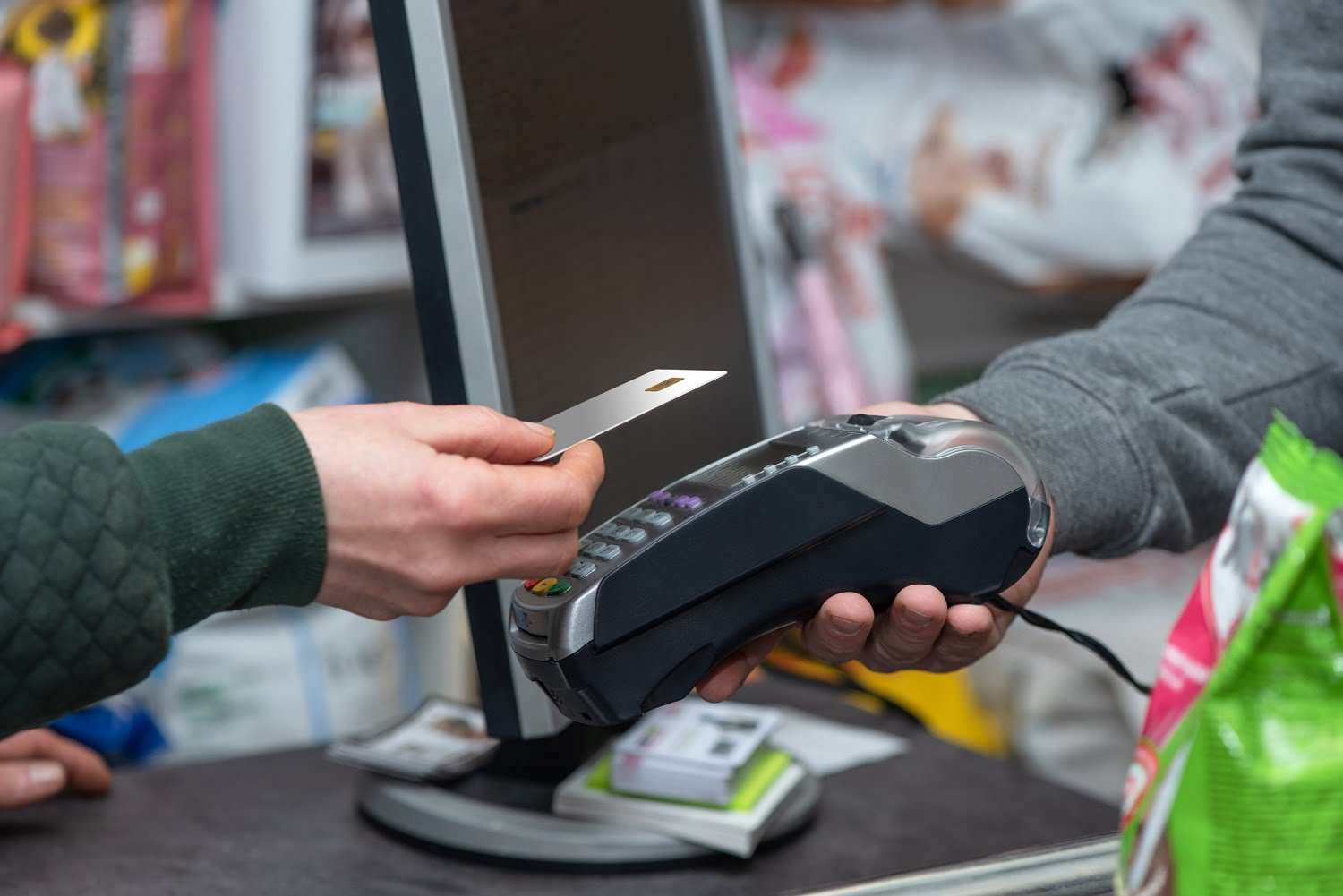Upselling and Cross-Selling with POS System Insights: Boosting Your Business’s Bottom Line

Upselling and cross-selling are two effective strategies to increase sales and improve customer satisfaction. When combined with a POS (Point of Sale) system, these strategies can become even more powerful, turning every transaction into an opportunity to grow revenue. A modern POS system provides insightful data and functionalities that make it easier to implement targeted upsell and cross-sell strategies, ultimately enhancing the customer experience and your bottom line.
Understanding Upselling and Cross-Selling
Upselling is the practice of encouraging customers to purchase a more expensive version of an item or an upgrade. For instance, a restaurant might suggest a larger portion or premium ingredients, while a retail store might recommend a more advanced version of a product.
Cross-selling, on the other hand, involves recommending related or complementary products that add value to the customer’s main purchase. For example, a clothing store might suggest a matching scarf for a sweater, or a coffee shop might offer a pastry with a beverage.
The Role of POS Systems in Enhancing Upselling and Cross-Selling
Modern POS systems are designed to do more than process payments. They come equipped with data analytics, inventory management, and customer relationship tools, making them ideal for supporting upsell and cross-sell efforts. Here’s how a POS system can provide the insights needed to enhance these strategies:
- Data-Driven Customer InsightsPOS systems capture valuable data, such as customer purchasing history, popular items, and seasonal trends. With this information, businesses can tailor their upsell and cross-sell offers to match customer preferences. For example, a POS system in a coffee shop can identify regular customers and suggest new drink options based on their preferences, making it more likely that the customer will purchase the recommendation.
- Personalized RecommendationsCustomers are more likely to respond positively to recommendations that feel personalized. A POS system can track individual customer preferences and behaviors, allowing staff to make personalized suggestions during checkout. For instance, if a customer frequently buys specific items, the POS system can alert staff to suggest related items they haven’t tried yet, increasing the chances of a successful upsell or cross-sell.
- Inventory Management for Timely OffersPOS systems streamline inventory management, helping businesses identify high-stock items that may benefit from a promotion. For instance, if there’s an excess of a certain item, a POS system can suggest pairing it with a commonly purchased product, allowing staff to cross-sell strategically. This approach not only drives additional revenue but also helps clear out overstock, improving overall profitability.
- Automated Prompts and SuggestionsSome advanced POS systems offer automated prompts that suggest upsells or cross-sells based on the current sale. This can be especially effective for quick-service environments like cafes or fast-food restaurants, where an automated prompt for “add a side for just $1” can increase the average transaction value effortlessly. These prompts are helpful for busy employees and ensure customers are consistently offered relevant items.
- Real-Time Reporting to Fine-Tune StrategiesPOS systems offer real-time reporting, enabling businesses to monitor the effectiveness of upselling and cross-selling strategies. By analyzing which items are frequently upsold or cross-sold, businesses can identify patterns and adjust their strategies accordingly. For instance, if customers regularly respond to a suggestion to add a dessert with their meal, the business might consider a loyalty program focused on desserts or expanding the dessert options.
Best Practices for Upselling and Cross-Selling with POS Systems
- Train Your Staff: Although POS systems can automate parts of the upsell process, staff members play a crucial role in engaging customers effectively. Train employees to recognize opportunities for upselling and cross-selling, and equip them with phrases that are friendly and customer-centric.
- Focus on Customer Needs: While upselling and cross-selling are great for increasing sales, they should always be aligned with customer needs. POS data can help identify customer preferences, allowing staff to make meaningful suggestions that enhance the customer’s experience, rather than coming off as pushy.
- Use Promotions and Bundles Strategically: Some POS systems allow you to set up bundle deals or discounts for specific items. By bundling items that are frequently bought together, you can encourage customers to purchase more at a slight discount, which feels like a deal for them and benefits your sales goals.
- Keep Offers Simple and Relevant: The more choices a customer has, the harder it can be for them to make a decision. A POS system can help by limiting upsell and cross-sell suggestions to those that are highly relevant. For example, if a customer is purchasing a coffee, suggesting a specific pastry rather than an entire list of options can increase the likelihood of a successful cross-sell.
Conclusion
Upselling and cross-selling with a POS system are invaluable tools for boosting revenue, enhancing customer satisfaction, and optimizing inventory. By leveraging customer insights, personalizing recommendations, and using automated prompts, businesses can significantly increase the average transaction value. Moreover, real-time reporting and inventory management features allow for adjustments based on performance, ensuring that upselling and cross-selling efforts remain effective and aligned with customer needs.
In a competitive market, businesses that maximize the potential of their POS systems to support upselling and cross-selling can enjoy improved customer loyalty and a stronger bottom line. Implementing these strategies thoughtfully and consistently is a smart move toward business growth and customer satisfaction.
Visit our site at www.dibtech.com.au
Visit our YouTube channel for tutorials Dibtech






